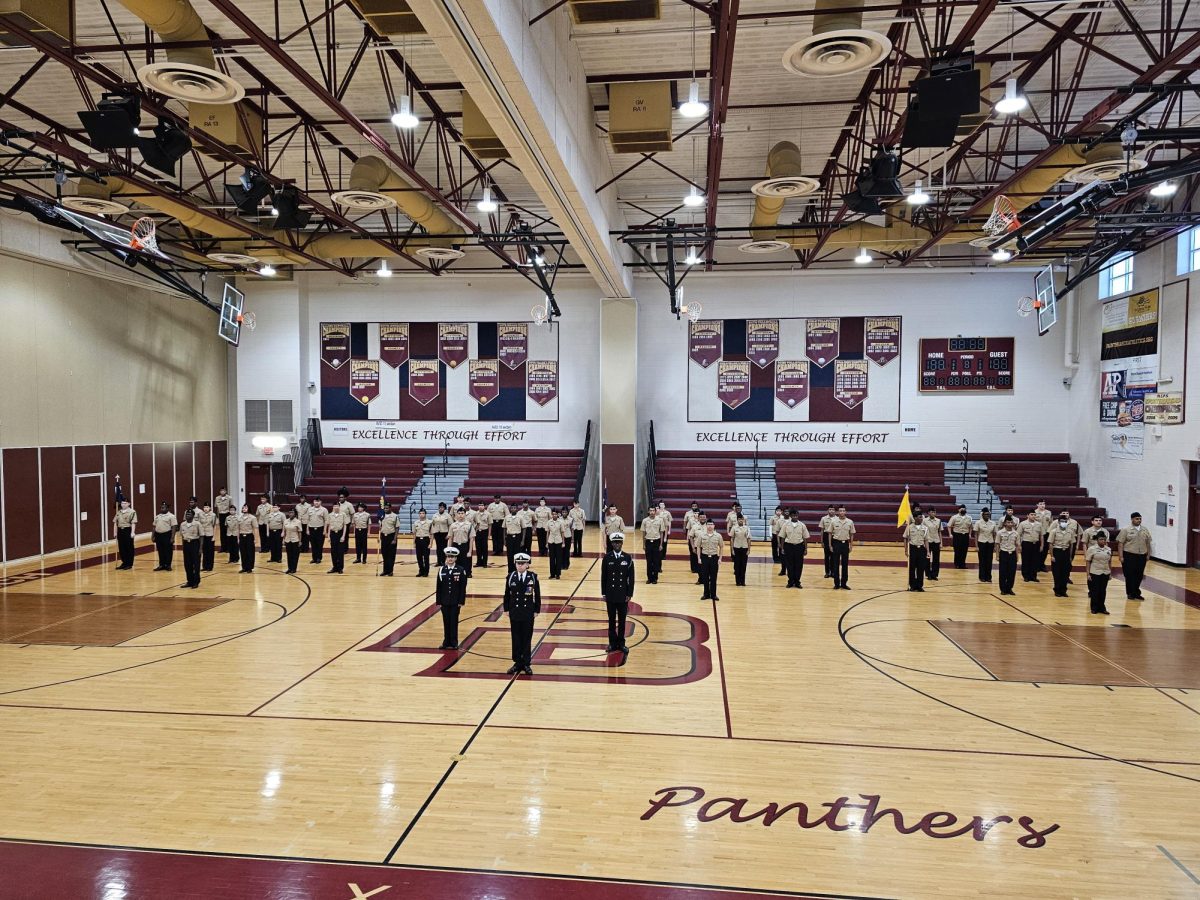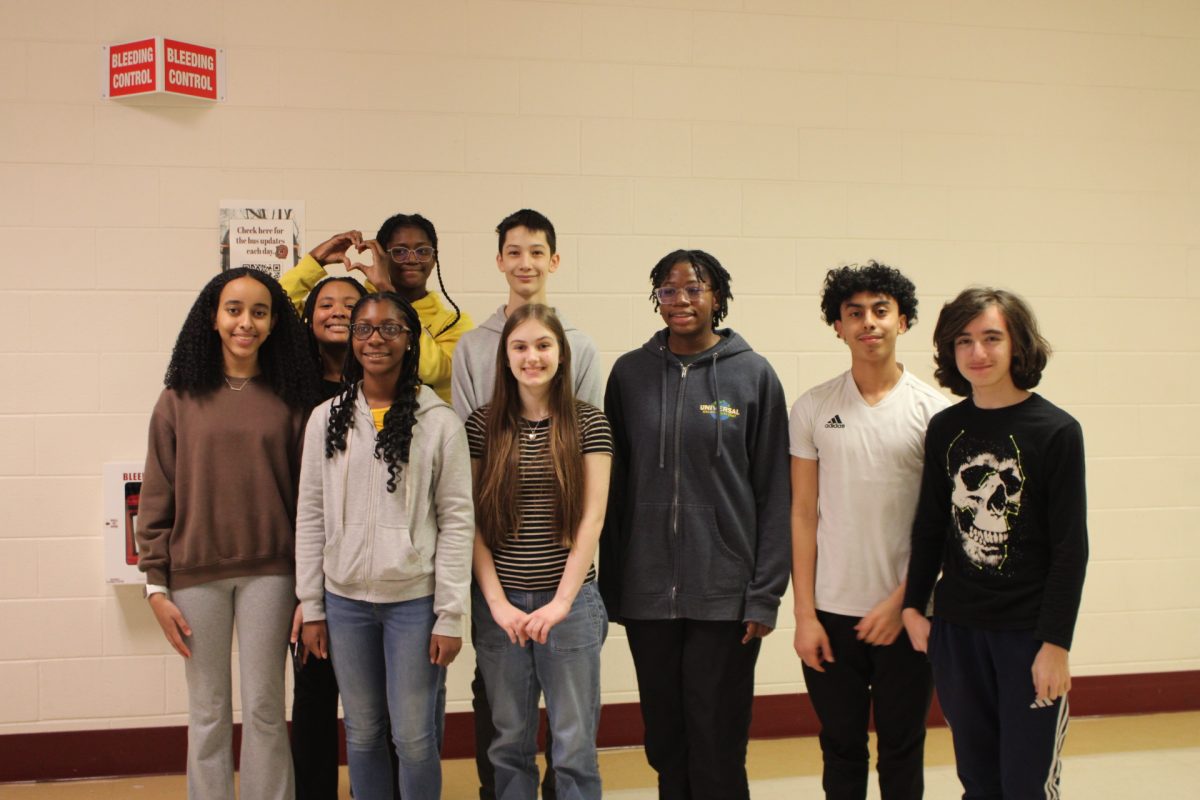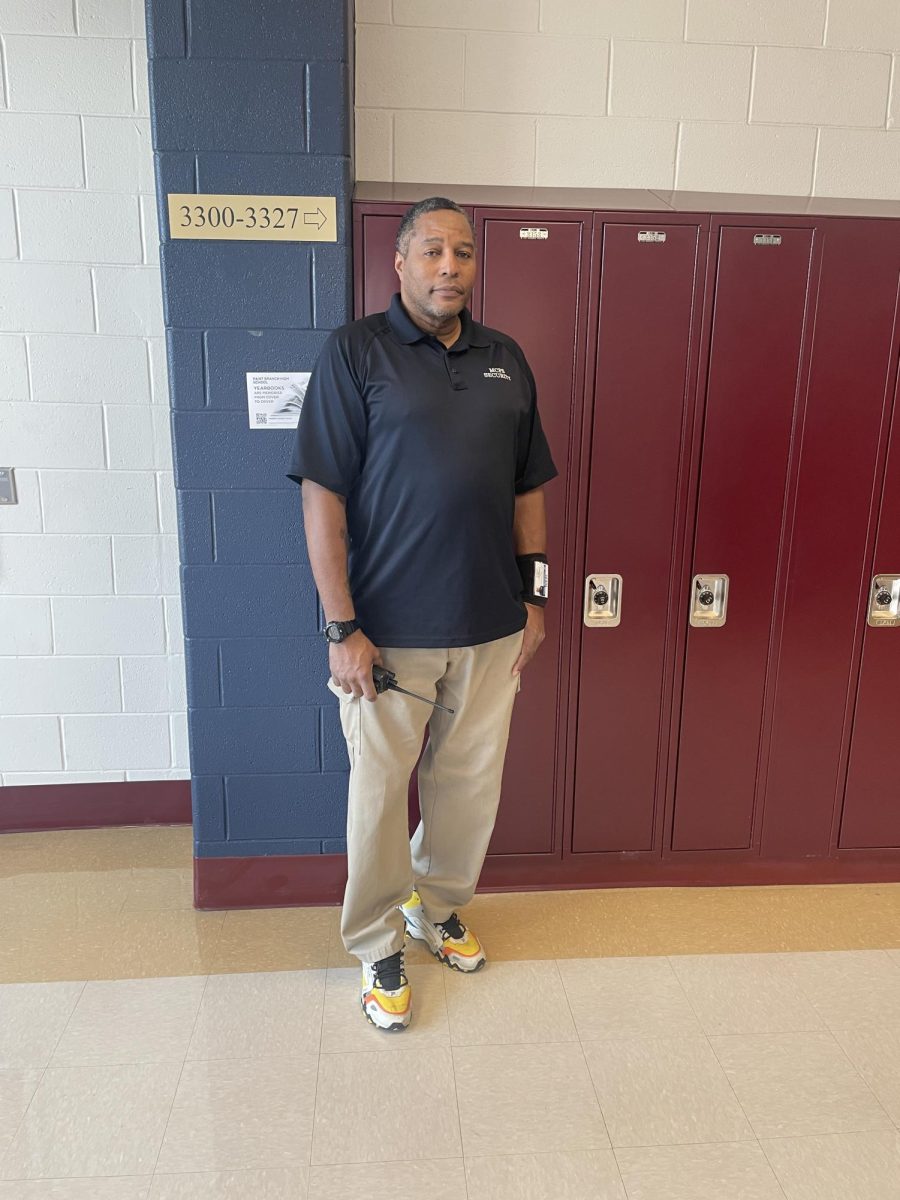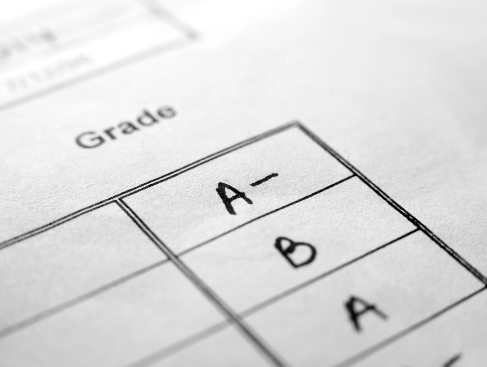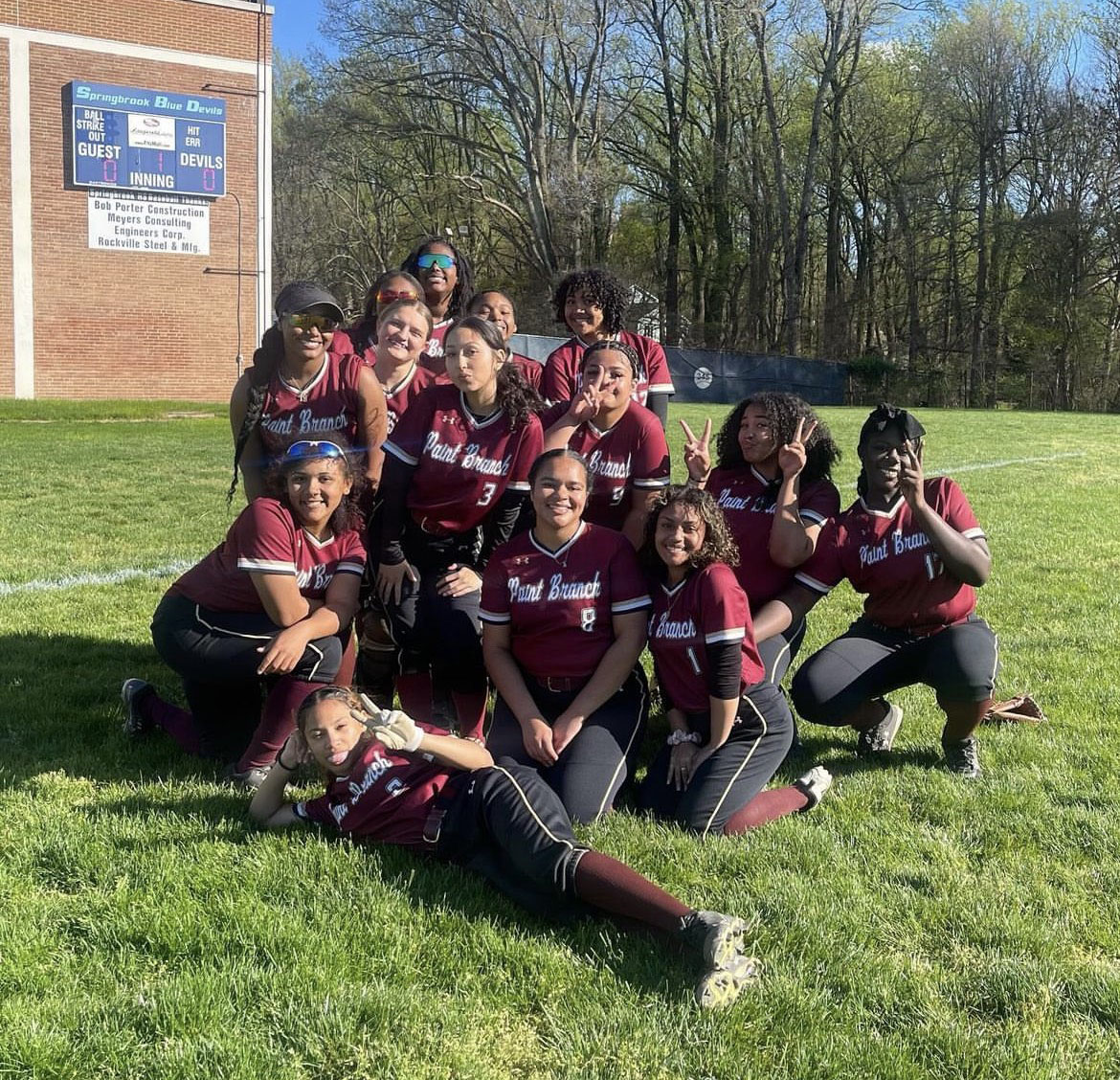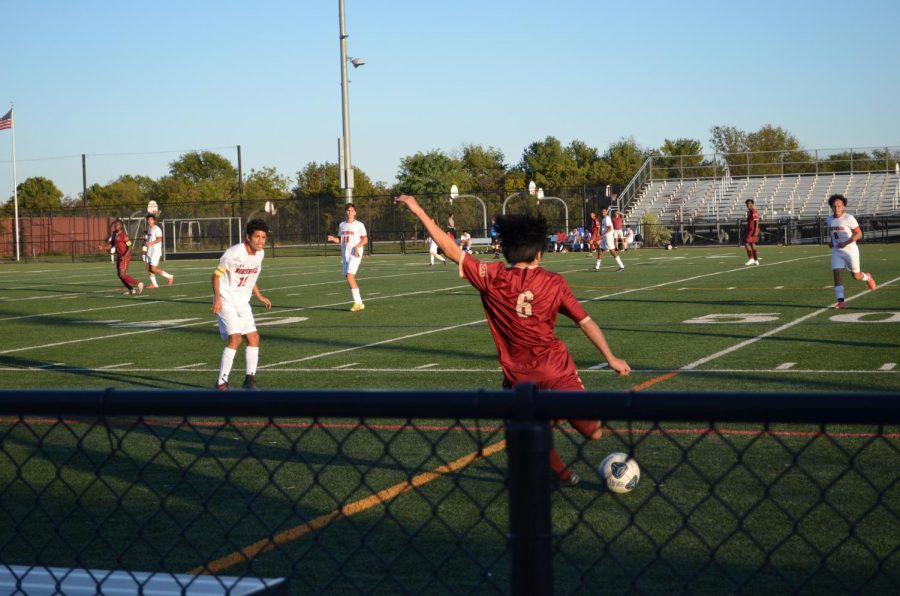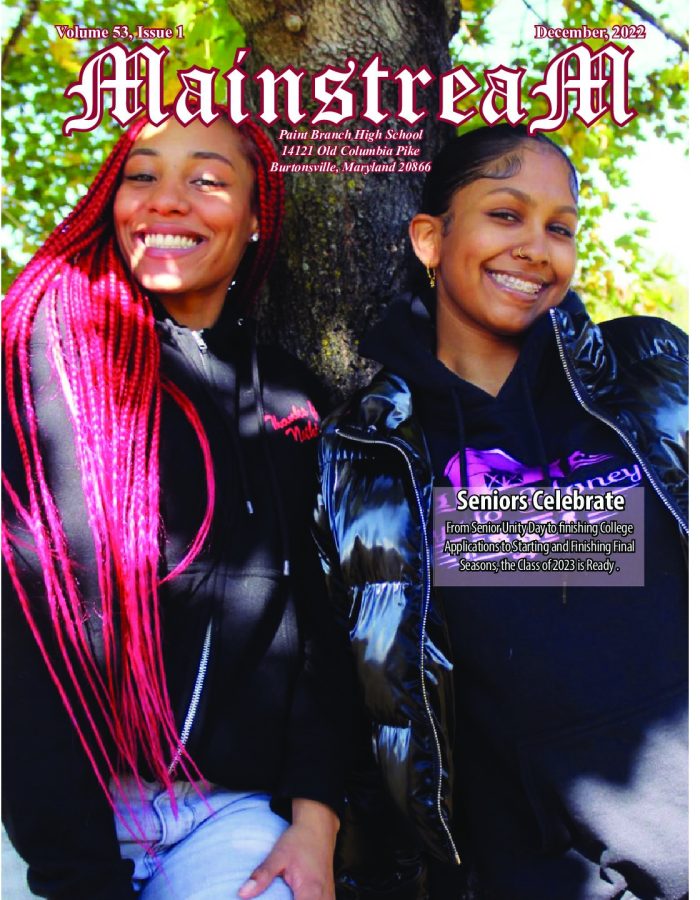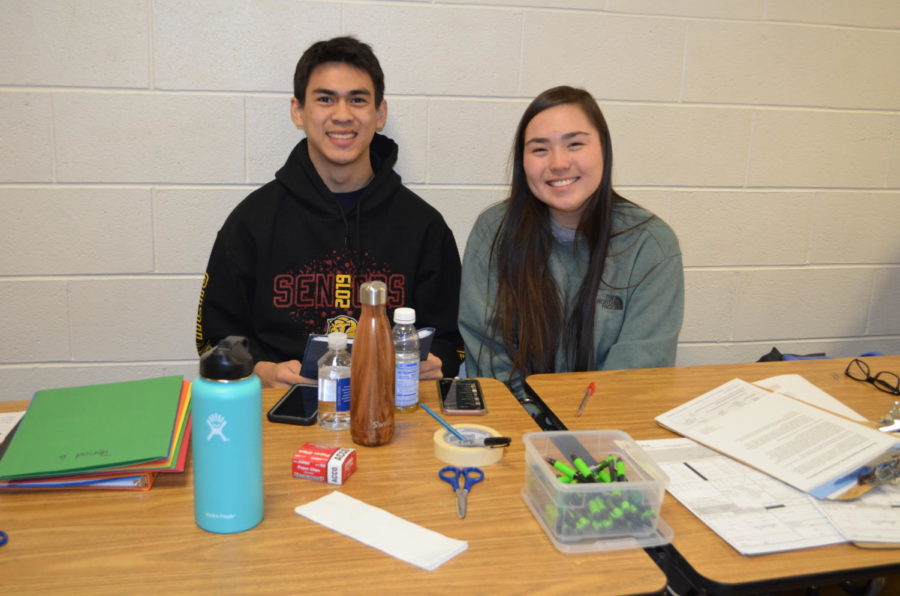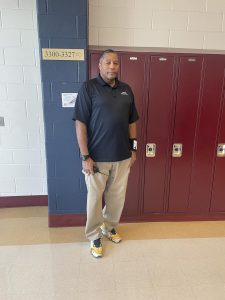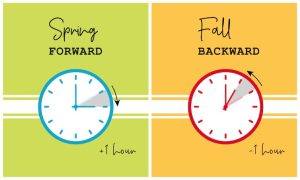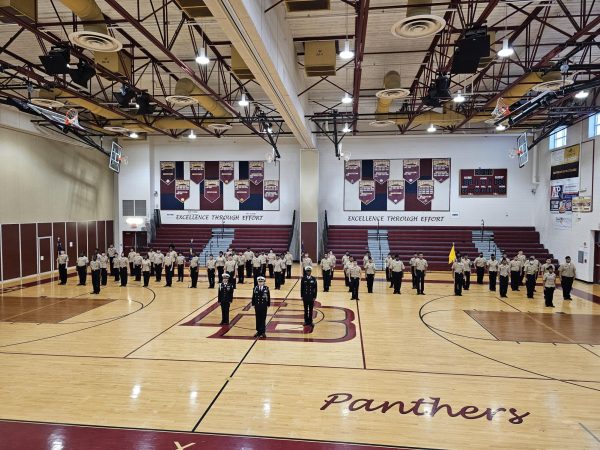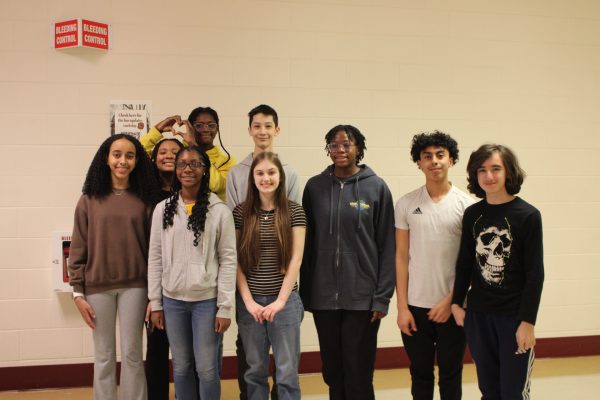Annual Blood Drive Helps Save Lives
March 15, 2019
This semester’s blood drive took place on March 6, 2019 from 7:45 am to about 2:30 pm in the small gymnasium. Students and staff came down throughout the day to donate blood and help save lives.
For those who did give of themselves on that day, there were a short series of steps to go through before they could actually donate blood. After signing up to participate ahead of the drive, students received a pass the day of the blood drive that gave them a specific time to come down to the gym. Upon arrival, donors received a form to fill out that provided some specific health and wellness information. After filling out the form, donors took it, along with a picture ID, into the gymnasium where they took a seat and waited to have their blood tested by an INOVA representative.
The blood sample was completed in order to check each donor’s iron level. A simple prick of the middle finger provided enough blood for a machine to determine if the donor’s blood met the level, which has to be at least a 12.5g/dL for girls and 13.0g/dL for boys. Once donor’s passed this “test,” they were eligible to donate.
However, not everyone makes it to the donor chair as an indication of iron deficiency anemia (not enough iron) means that the blood circulating through your body and blood volume decreases, which makes it hard for a phlebotomist to locate your vein. If they manage to locate your vein, getting the needle into your vein might be more difficult and this process may be more painful for those donors. According to INOVA, in order to avoid a painful insertion, potential donors should drink a lot water and eat foods with plenty of iron (eggs, spinach, strawberries, cereal, beef, and tomatoes are just some of these foods) the day before and the day of a blood drive. This will increase your blood flow and blood volume and allow easy access to your vein.
For those who did make it to the blood donation chairs, the process was fairly painless and knowing that you were helping others helped eas any pain that did exist. After donors finished, they were advised to go to the snack table and get snacks and refreshments to help refuel their body. Most students stated that the whole process took about two periods long.
One student, Fritz Sajus, a junior, said that he donated because it is the right thing to do. “I did it because it feels good to do something for people in need and it’s a good cause.” 








